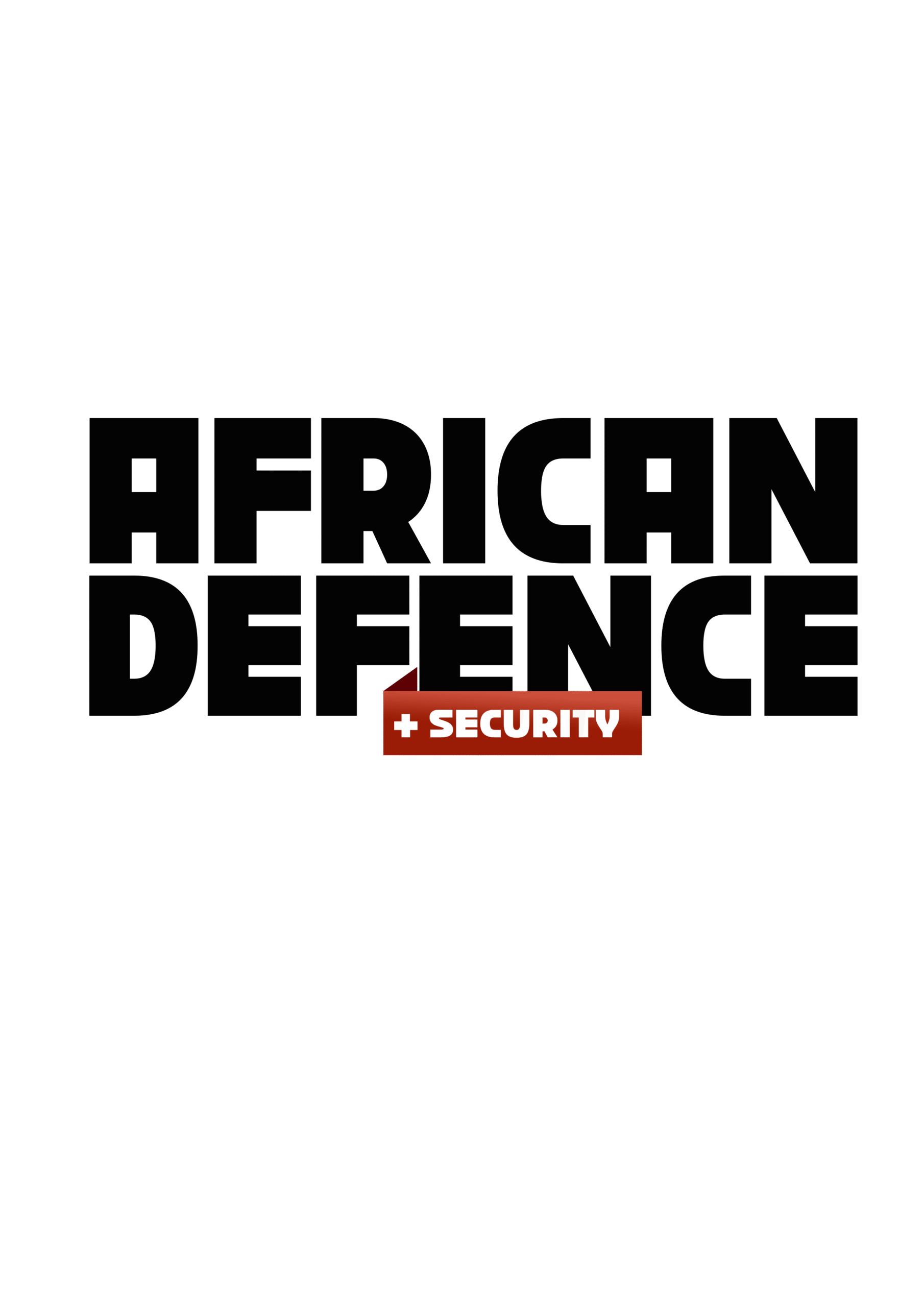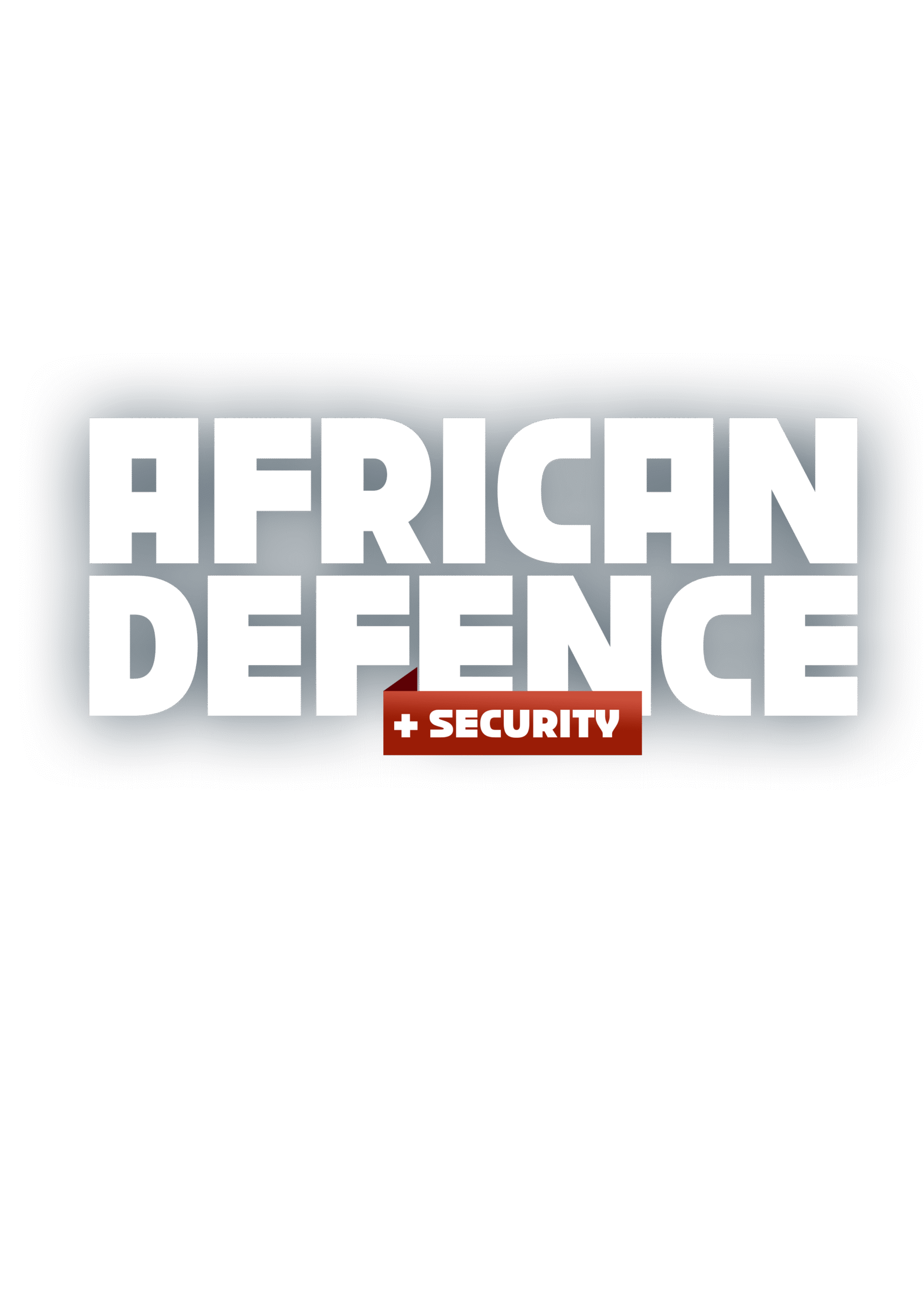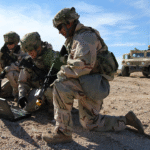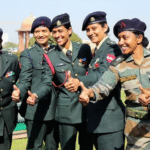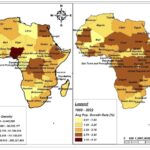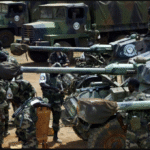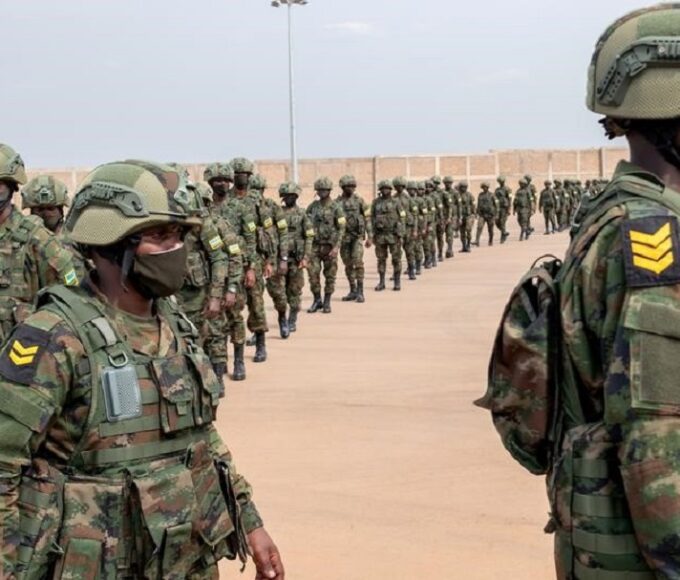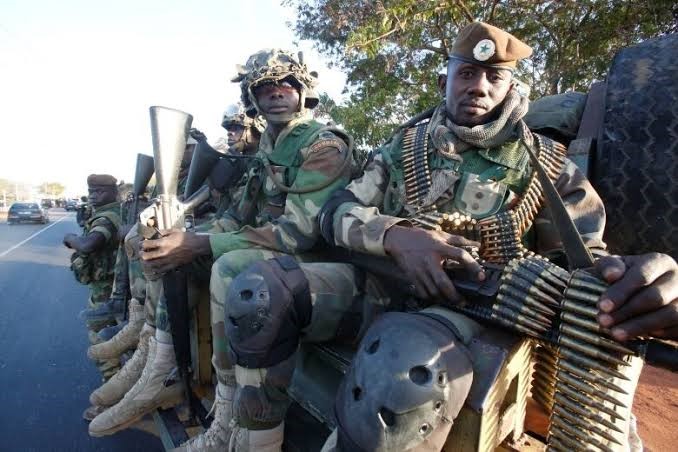The Sahel Battlefield: The Realities of Counterinsurgency from the Ground Up
The Sahel remains one of the most complex and consequential conflict zones in Africa today. It is a crucible of counterinsurgency, state legitimacy, and global security.

In the heart of the Sahel—a vast, semi-arid band stretching from Senegal to Sudan—Africa’s most enduring and complex battle is being waged. This is not a conventional war. It is a grinding, brutal counterinsurgency campaign against elusive jihadist groups, community-based militias, and criminal networks. The conflict plays out across porous borders, under an unforgiving sun, and amid fragile states and populations caught in the crossfire.
From Mali to Niger, Burkina Faso to Chad, the Sahel has become a theatre of multifaceted warfare—where the enemy is mobile, the terrain is vast, and victory remains elusive. As global powers reduce their footprint and local militaries assume the burden of security, this article explores the on-the-ground realities of counterinsurgency in the Sahel: the tactics, challenges, local dynamics, and hard-earned lessons shaping one of the most consequential security theatres on the African continent.
A Complex Conflict Zone
The Sahel conflict defies simple categorisation. At its core is a jihadist insurgency led by groups such as Jama’at Nusrat al-Islam wal-Muslimin (JNIM) and the Islamic State in the Greater Sahara (ISGS). Yet it is equally a conflict over governance, resources, identity, and legitimacy.
- Jihadist movements exploit ethnic grievances, especially between pastoralist Fulani herders and sedentary farming communities.
- Cross-border arms flows from Libya and ungoverned spaces facilitate insurgent firepower.
- State militaries often suffer from underfunding, poor morale, and civilian distrust, weakening their operational effectiveness.
- Foreign military presence, once heavy with French-led Operation Barkhane and the G5 Sahel Joint Force, has now begun to recede or recalibrate, increasing pressure on national armies.
According to the Armed Conflict Location & Event Data Project (ACLED), more than 8,900 people were killed in conflict-related violence in the Sahel in 2023 alone, with Burkina Faso recording the highest death toll in the region.
Ground Realities: Counterinsurgency on Sahelian Soil
The traditional principles of counterinsurgency (COIN)—“clear, hold, build”—are severely tested in the Sahel’s terrain and social landscape. Commanders and foot soldiers face the following key operational challenges:
- Mobility in Harsh Terrain
- Sahelian insurgents use motorbikes and 4×4 trucks to exploit the terrain’s vastness.
- National armies struggle with mobility, especially during the rainy season, when roads become impassable.
- Lack of air mobility assets—helicopters, UAVs—limits rapid response, pursuit, and casualty evacuation.
- Limited Intelligence and Human Terrain Mapping
- In rural areas, jihadist groups often provide rudimentary justice and protection, winning over marginalised communities.
- Military intelligence units lack language fluency, cultural awareness, and deep rural networks.
- Civilian populations often fear reprisals if they cooperate with government forces.
- Equipment and Logistical Shortfalls
- Many units still use outdated Soviet-era rifles, insufficient night-vision gear, and inadequate body armour.
- Resupply chains are vulnerable; food, water, and ammunition shortages are common in remote outposts.
- Troops are often poorly paid, affecting morale and discipline.
- Asymmetry and Ambush
- Jihadist groups avoid direct confrontation. Instead, they rely on:
- IEDs and landmines
- Sniper attacks
- Hit-and-run raids
- Propaganda and psychological operations
Burkina Faso alone recorded more than 300 IED attacks in 2023, many targeting military convoys and humanitarian workers.
Inside the Units: Life at the Sharp End
For soldiers on the frontlines, the Sahel campaign is one of attrition, fatigue, and resilience.
In eastern Mali, forward operating bases are often isolated and under near-constant threat. Troops sleep in trenches or hastily built bunkers. Morale fluctuates between camaraderie and despair. In northern Burkina Faso, newly recruited local defence volunteers (VDPs) often receive just weeks of training before deployment, blurring the line between citizen and soldier.
Yet there are success stories: elite units like Chad’s Special Anti-Terrorist Group (SATG) and Niger’s Special Intervention Battalion (BSI) have proven highly effective in conducting joint sweeps, neutralising terror cells, and protecting key towns.
Lessons from the Sahel: What Works, What Doesn’t
What’s Working:
- Community-based intelligence networks: In Niger, “military-civil fusion” initiatives have seen local leaders integrated into security planning, enhancing trust and early warning.
- Specialised, mobile units: Fast-response brigades trained in desert warfare, often with foreign assistance (e.g., U.S., Turkey, EU), have outperformed conventional infantry units.
- Information campaigns: Radio broadcasts in local languages and social media counter-propaganda help blunt jihadist messaging.
What’s Not Working:
- Heavy-handed counterinsurgency: Reports of extrajudicial killings and collective punishment erode local support and fuel radicalisation.
- Overreliance on foreign powers: The collapse of French military partnerships has exposed gaps in strategic autonomy.
- Fragmented command structures: In some countries, overlapping chains of command—regular army, gendarmerie, local militias—result in coordination breakdowns.
The Civilians in the Crossfire
The Sahel battlefield is not just military—it is deeply humanitarian. Civilians are increasingly targets, not bystanders.
- Over 4.5 million people were displaced in the central Sahel by early 2024 (UNHCR).
- Humanitarian aid convoys have become military targets, worsening famine and malnutrition.
- Schools, clinics, and administrative buildings are systematically destroyed to undermine state presence.
In Mali, jihadists impose their version of Sharia in some rural communities. In Burkina Faso, entire villages have been razed to disrupt army-aligned civilian cooperation.
International Partnerships: Reduced Presence, Increased Stakes
The withdrawal of French Operation Barkhane in 2022 and the drawdown of MINUSMA (UN Peacekeeping in Mali) in 2023 have placed more responsibility on national forces.
- Russia and the Wagner Group have stepped in, particularly in Mali, offering combat support and regime protection, but with contested human rights records.
- The European Union and United States continue to provide training, logistics, and ISR (intelligence, surveillance, reconnaissance) support.
- The Accra Initiative, led by Ghana and coastal states, is emerging as a regional security bulwark to stop the Sahelian conflict from spilling south.
Strategic Outlook: Turning the Tide
To succeed in the Sahel, counterinsurgency must evolve beyond battlefield victories to state legitimacy, local empowerment, and regional coordination. African armies must integrate lessons learned, shift from garrison defence to mobile engagement, and place the population at the centre of their strategy.
Key Recommendations:
- Invest in mobile, terrain-adapted forces with desert warfare specialisation.
- Expand civil-military relations units to win hearts and minds.
- Boost intelligence capabilities, especially human terrain analysis and drone-based ISR.
- Reform and train local auxiliary forces, ensuring accountability and cohesion.
- Align regional strategies through ECOWAS and the AU, ensuring coordinated deployments and burden-sharing.
The Sahel’s Crucible
The Sahel remains one of the most complex and consequential conflict zones in Africa today. It is a crucible of counterinsurgency, state legitimacy, and global security. The war is far from over—and may yet reshape the geopolitical architecture of the region.
Victory here will not be won solely by bullets, but by governance, trust, adaptability, and regional solidarity. From the ground up, a new counterinsurgency model is being forged—one battle-hardened soldier, one secure village, one lesson at a time.
Sahel Security Snapshot (2023–2024):
- 8,900+ conflict-related deaths in the Sahel in 2023 (ACLED)
- 4.5 million displaced people in the central Sahel (UNHCR)
- Over 300 IED incidents in Burkina Faso in 2023
- French Barkhane Mission ended: August 2022
- UN MINUSMA withdrawal completed: December 2023
- G5 Sahel force weakened by Mali, Burkina Faso, and Niger coups
- Russian Wagner presence confirmed in Mali and reported in Burkina Faso
For frontline reporting, military analysis, and strategic insight on Africa’s most critical security theatres, stay with African Defence & Security Magazine.
Recent Posts
Categories
- Air & Aerospace16
- Border Security15
- Civil Security4
- Civil Wars4
- Crisis5
- Cyber Security8
- Defense18
- Diplomacy19
- Entrepreneurship1
- Events5
- Global Security Watch6
- Industry8
- Land & Army8
- Leadership & Training5
- Military Aviation5
- Military History27
- Military Speeches1
- More1
- Naval & Maritime9
- Resources2
- Security12
- Special Forces1
- Systems And Technology9
- Tech6
- Uncategorized3
- UNSC1
- Veterans6
- Women in Defence9
Related Articles
LAND & ARMY – AFRICA’S ELITE ARMY UNITS: WHO SETS THE STANDARD?
By late 2025, Africa’s elite army units stand at the sharp end...
ByKing Richard Igimoh, Group Editor ALODecember 22, 2025THE EVOLUTION OF AFRICAN INFANTRY WEAPONS from 1960
In the wake of widespread decolonization across Africa during the 1960s, newly...
ByKing Richard Igimoh, Group Editor ALOSeptember 5, 2025Private Military Contractors in Africa – Mercenaries, Partners, or Spoilers?
In Africa’s security environment, one of the most polarising forces is the...
ByKing Richard Igimoh, Group Editor ALOAugust 12, 2025Urban Warfare Challenges for African Armies in a New Security Era
Across Africa, conflict is moving into the cities. From Mogadishu to Maiduguri,...
Byadmag_adminJune 27, 2025